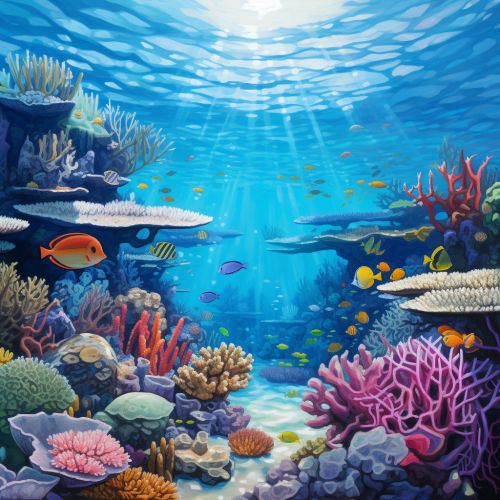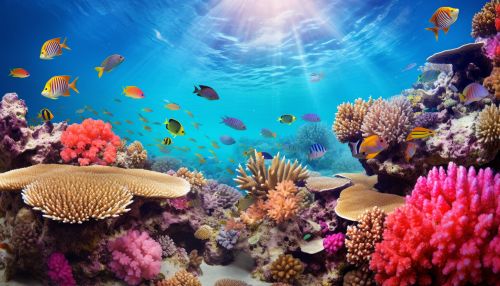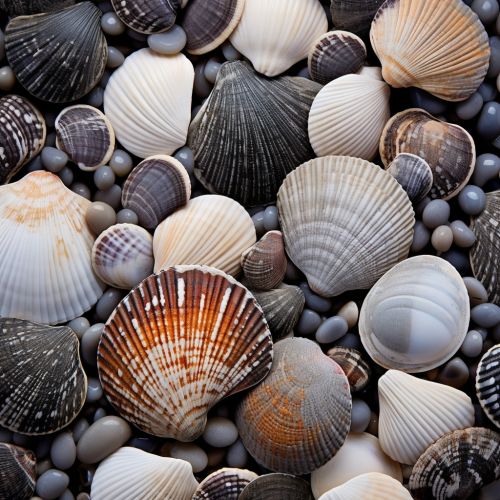The Chemistry of Ocean Acidification and Its Impact on Marine Life
Introduction
Ocean acidification is a significant and growing environmental concern that is directly linked to the increase in anthropogenic CO2 emissions. It refers to the ongoing decrease in the pH of the Earth's oceans, caused by the uptake of CO2 from the atmosphere. This process has profound implications for marine life, particularly for calcifying organisms such as corals, mollusks, and certain types of plankton.


The Chemistry of Ocean Acidification
When CO2 is absorbed by seawater, a series of chemical reactions occur resulting in the increased concentration of hydrogen ions. This increase causes the seawater to become more acidic and causes the carbonate ion concentration to decrease. As carbonate ions are building blocks for marine life, a decrease in their concentration can make it more difficult for some organisms to produce their calcium carbonate shells and skeletons.
The chemical reactions are as follows:
1. CO2 + H2O ↔ H2CO3 (carbonic acid) 2. H2CO3 ↔ H+ + HCO3- (bicarbonate) 3. HCO3- ↔ H+ + CO3 2- (carbonate)
The first reaction involves the formation of carbonic acid. This is a weak acid and it will dissociate into a hydrogen ion and a bicarbonate ion. The bicarbonate ion can further dissociate into another hydrogen ion and a carbonate ion. The increase in hydrogen ions from these reactions increases the acidity of the water (decreases the pH).
Impact on Marine Life
The decrease in carbonate ions can have significant impacts on marine life. Many marine organisms, such as corals, mollusks, and some types of plankton, rely on the carbonate ions in seawater to form their calcium carbonate shells and skeletons. As the availability of these ions decreases due to ocean acidification, it becomes more difficult for these organisms to form their protective shells and skeletons, which can affect their survival.


Corals
Corals are particularly sensitive to ocean acidification due to their reliance on calcium carbonate for their skeletal structure. The decrease in carbonate ions makes it more difficult for corals to build their skeletons, which can lead to reduced growth rates and weaker skeletons. This can make corals more susceptible to damage from storms and other physical stressors. Additionally, the increased acidity of the water can lead to the dissolution of existing coral skeletons.
Mollusks
Mollusks, such as oysters, clams, and snails, also rely on calcium carbonate to form their shells. Similar to corals, the decrease in carbonate ions due to ocean acidification can make it more difficult for these organisms to form their shells. This can lead to thinner shells and increased vulnerability to predation and disease.
Plankton
Certain types of plankton, such as foraminifera and coccolithophores, also use calcium carbonate to form their shells. These plankton are a crucial part of the marine food web, and changes to their populations can have cascading effects throughout the ecosystem. Additionally, these plankton play a significant role in the global carbon cycle, and changes to their populations can have implications for global climate change.
